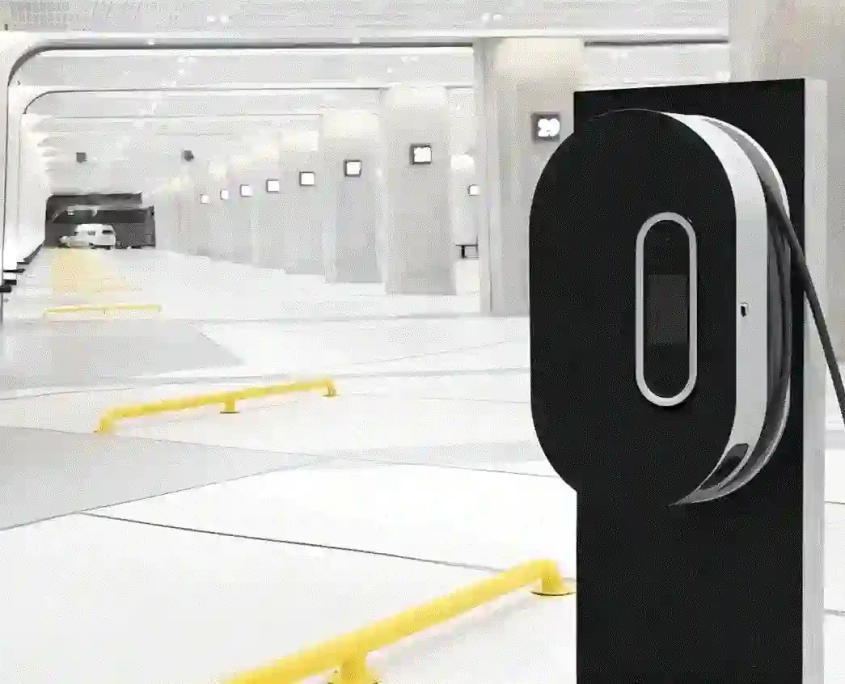Charging Stations: Powering a Greener Tomorrow
Table of Contents

Pioneering EV Growth: The Importance of Charging Stations in Early Development
In the early stages of new energy vehicle development, charging stations stood out as one of the key components. Back then, creating charging stations was a critical step in the new energy vehicle supply chain, addressing the challenge of charging their batteries. Moreover, as new energy vehicles emerged as the next big industry after gasoline cars, they not only met people's transportation needs but also played a vital role in energy-saving, emissions reduction, and improving environmental quality. Therefore, the construction of charging stations was a significant move towards popularizing new energy vehicles.Globally, building charging stations became a primary strategy for many countries and regions to promote electric vehicles. For instance, the Chinese government has actively pursued the development of charging infrastructure in recent years to cater to the growing number of electric cars. By the end of 2020, China had established over 1 million electric vehicle charging stations, forming one of the world's largest charging networks. Europe and the U.S. have also been ramping up their high-density charging networks to meet electric vehicle charging demands. Estimates forecast that by 2026, the global count of public charging stations will hit 16 million, roughly three times the 2023 figure.Charging Forward: The Evolution and Improvement of Electric Vehicle Stations
As electric cars gain traction, the functions of charging stations are also evolving and improving. Currently, there are mainly three types of charging stations on the market: slow-charging stations, fast-charging stations, and super-charging stations. Especially, the fast and super-charging stations play a crucial role in boosting the charging speed and efficiency for electric vehicles.Beyond basic charging, the data management and service systems of charging stations are drawing attention from various sectors. By harnessing internet and IoT (Internet of Things) technologies, one can monitor and record the usage and efficiency of charging stations in real-time. Based on this data, more detailed and precise service plans can be crafted. Additionally, leveraging smart parking systems and payment platforms enhances the user experience and service satisfaction.




















